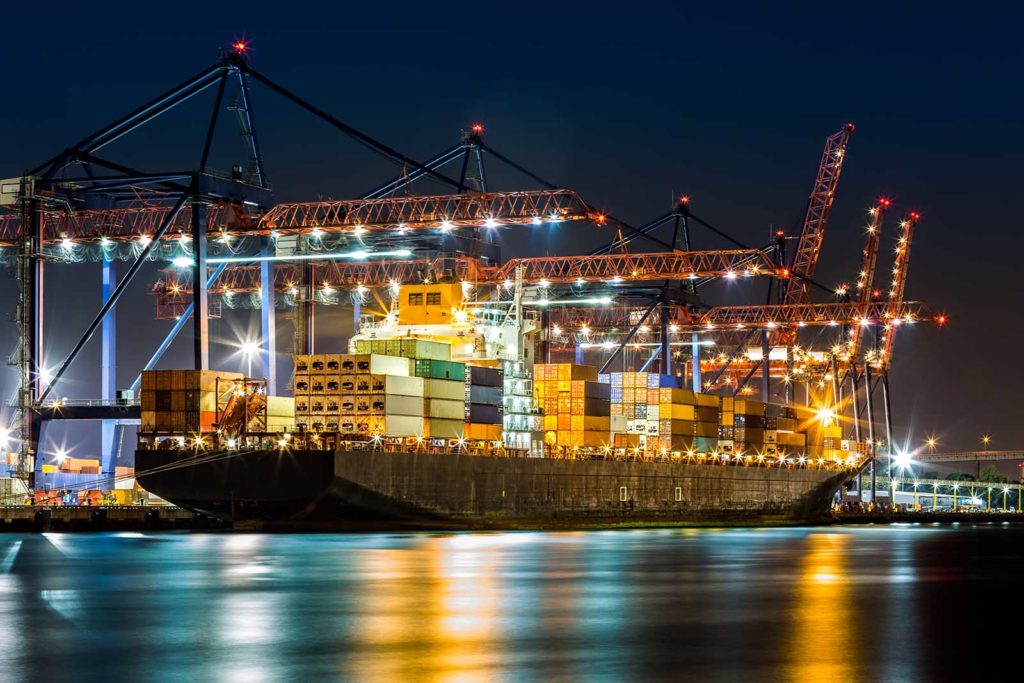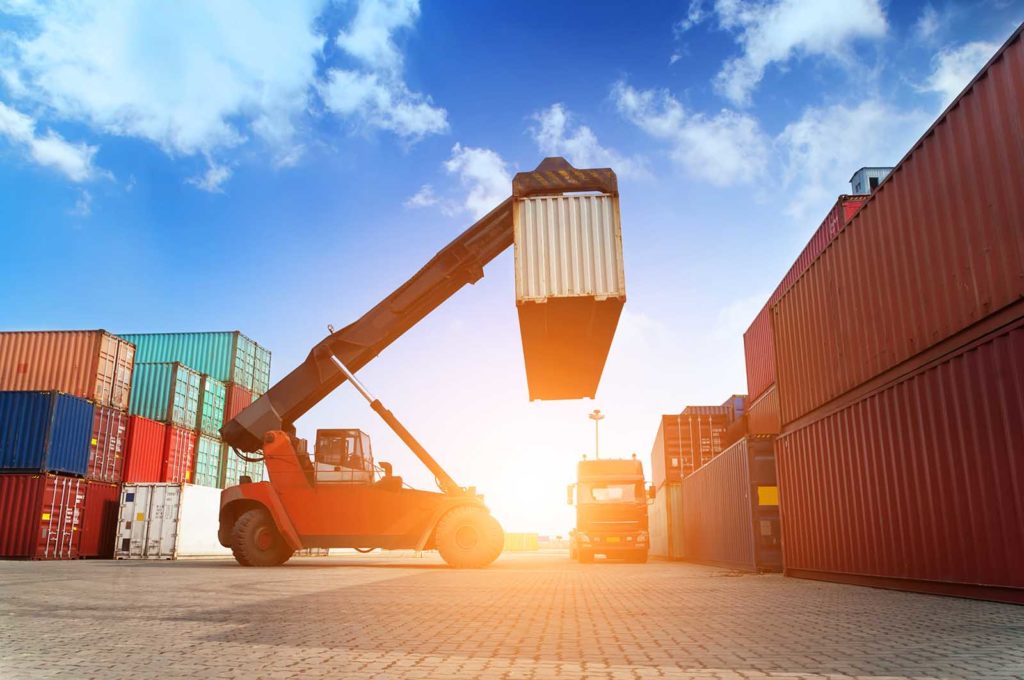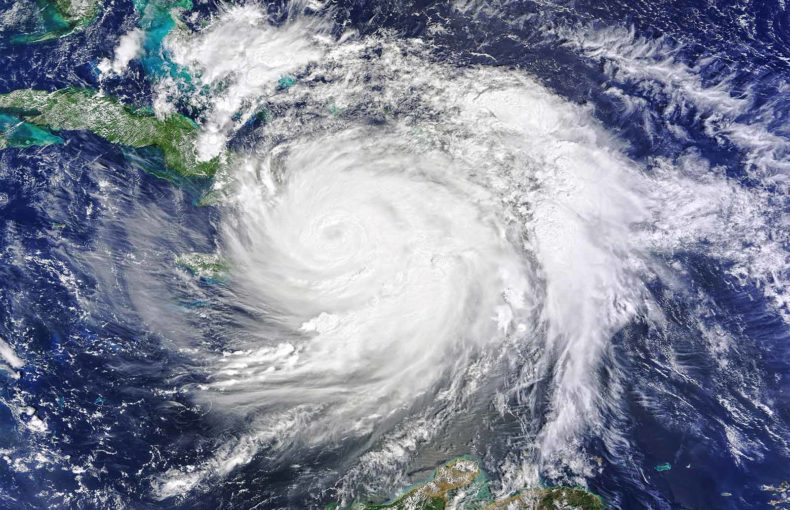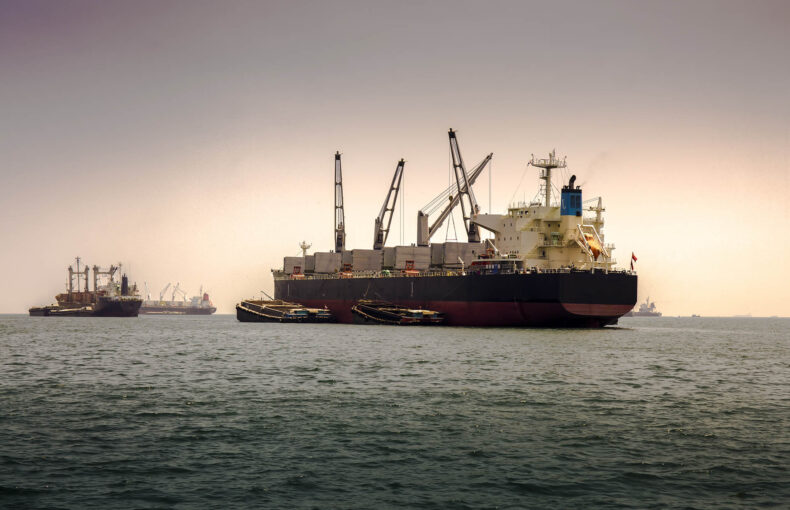5 Ways Weather Insights Can Help Ports Thrive
Despite the innovations in modern technology, transportation and communication, more than 80% of the world’s trade is carried through sea-faring vessels.
Ports are vital, complex eco-systems that play a critical role in the sphere of maritime logistics and exert a significant bearing on the global supply network. The efficiency of services performed at ports echoes throughout the entire intricate, highly connected trade chain and impacts an infinite number of businesses sprinkled across the globe. They link goods to customers via air transit, railroads, highways and such. The essence of ports as a key component of the larger logistics grid should come as no surprise. As ports enter the 21st century by revolutionising their functionality and processes via digitalisation, the awareness for investment in essential data is growing. After all, data is not yet a commodity and is the gold that’s driving industries towards further progress.
Here’s why port authorities need the right weather information available at the right time:
Maximise operational efficiency
A diverse amalgamation of variables define a port’s capability to maximise its processing functionality. Despite their individualistic characteristics, business model and location, all ports are impacted by weather and have to execute their operations accordingly.
For instance, European ports are mostly interested in weather dynamics within their own region. With high labour costs and complex equipment ordering structures, it’s essential for them to identify safe weather working conditions to not just improve cargo transfer schedules, have the required equipment on call but to also make sure the right set of skilled hands are available on deck. The unique factor here is that berth space is not continuously occupied and having access to a reliable port optimised weather forecast can facilitate ships arrival/departure schedules and allow cost savings for manpower.

However, Asian ports are a completely different story. Maximising productivity is a key objective here as their profitability is in direct proportion to the number of vessels that move in and out. There is immense pressure to minimise vessel and port congestion by aligning the arrival/departure schedules with a highly efficient cargo transfer system to ensure efficiency. Hence, such ports will want access to weather insights across the entire supply chain spectrum that includes both upstream and downstream hubs. A weather-related delay at one port would require subsequent ports to adjust their operations schedule accordingly. They would also have to ensure that they have the correct capacity to store the incoming cargo and have it available for the next stage of transport.
Refine resource allocation
Port managers define their resource strategy and assignment based on vessel traffic, equipment for cargo management and required personnel. Depending on the business model of the port, some will let ships spend maximum time within the harbour whilst others will focus on maximum productivity and a short turnaround time to ensure profitability. Hence, port authorities have to ensure that their schedules across the operational spectrum are making optimal use of resource allocation.
A location-specific forecast designed just for that specific port will facilitate decision making and help design contingency plans. For instance, if high winds are expected to blow at dangerously high speeds, then that would halt port operations. Knowing this possibility in advance would empower the relevant authorities to plan for downtime and warn other players in the supply chain of the expected delays.

Manage cargo operations
Container ships come piled high with thousands of containers. To unload them or to load them in a manner that does not damage the precious goods within their steel interiors is an art by itself. Taking the previous example mentioned above, you don’t want cranes to be lifting heavy containers whilst heavy gusts of wind blast around shore. It’s important to note that certain types of cargo cannot be off-loaded in certain types of weather. For example, grain requires dry atmospheric conditions to be off-loaded. Some Brazilian ports register up to 110 days of rain a year and lose out revenue opportunities due to this.
Ensure across-the-board safety
Safety is a critical priority across the maritime sector and ports are no different. It’s of utmost importance to ensure safety across all operational layers: personnel, vessels and cargo. Having access to highly accurate, reliable forecasts for ports will reduce the risks of accidents and associated costs by empowering the port managers to act accordingly. If lightning storms are predicted, then ports can take the preventative measures to protect both people and any explosive materials that could ignite. Hurricanes, cyclones and storms can cause damages worth millions of dollars that resonate into the subsequent stages of the supply chain.
Minimise running costs
Understanding what weather patterns may persevere are vital for cost management. If a massive storm or tropical cyclone is expected at a port, the authorities will want to identify for how long they’ll shut down as that’ll lead to not just delays but missed revenue.
Timing is a key element in the decision making process here and achieving a balance between safety and profitability. Every hour that the port is shut is a precious hour costing thousands of precious business dollars. Hence, the need for port authorities to have valuable, accurate weather data accessible at their fingertips has never been greater. However, given the vastness of our planet, different weather forecasts provide varying degrees of preciseness and may not always be reliable.
Introducing Spire’s Port Optimised Weather Forecast
Spire Weather launched a new weather forecast solution that will help ports remain safe and profitable in the light of climate change and extreme weather fluctuations. Taking into account both natural and man-made variables at an exact port location, Spire’s forecast will deliver a comprehensive analysis of weather conditions within that area.
Site-specific weather forecasts can anticipate wave amplitude, wind speeds, thunderstorm squalls, and reflect conditions before and after a storm making operations in and around port safer. As a mission-driven company, we’re committed to providing data solutions that can help solve the global challenges faced today such as reducing disruptions in the global supply chain network and climate change.
Share on Facebook Share on Twitter Share on LinkedIn
The Port Optimized Forecast delivers data beyond air temperature readings and includes dew point temperature, relative humidity, 24-hour minimum, and maximum temperature, precipitation probability, surface wind speed and direction, surface visibility, cloud coverage percentage, ice and thunderstorm probability, and more. It’s truly comprehensive data focused on a specific area, so you have all of the weather variables to make data-driven decisions you can count on.
Spire’s Port Optimised Forecast can support port authorities in managing vessel traffic during poor weather conditions such as strong winds, swells and currents. Depending on the exact location, characteristics and business model of the port of interest, Spire’s port solution will facilitate operational scheduling and maintenance downtime as it’ll provide up-to-date regional weather insights. The maritime industry can allocate its resources more effectively to manage ETAS, enable smooth cargo loading/off-loading operations and keep all stakeholders safe.
 Written by
Written by Dr. Kevin Petty
Dr. Kevin Petty


